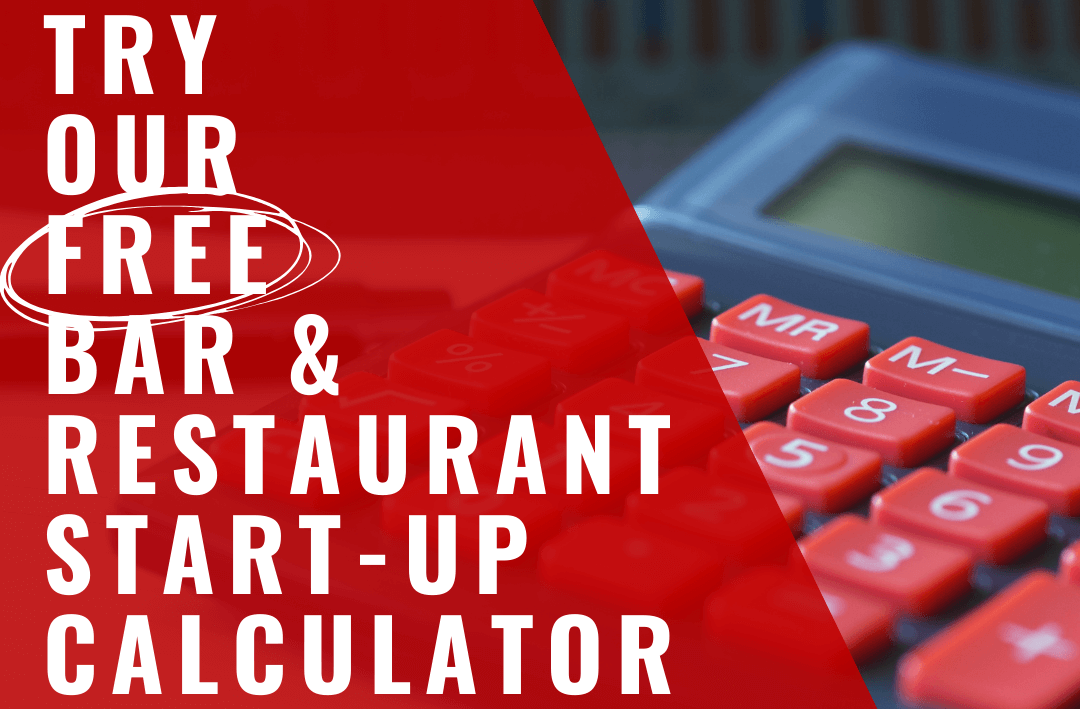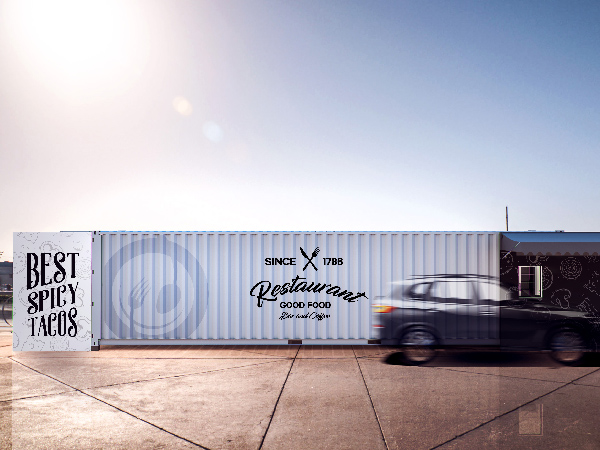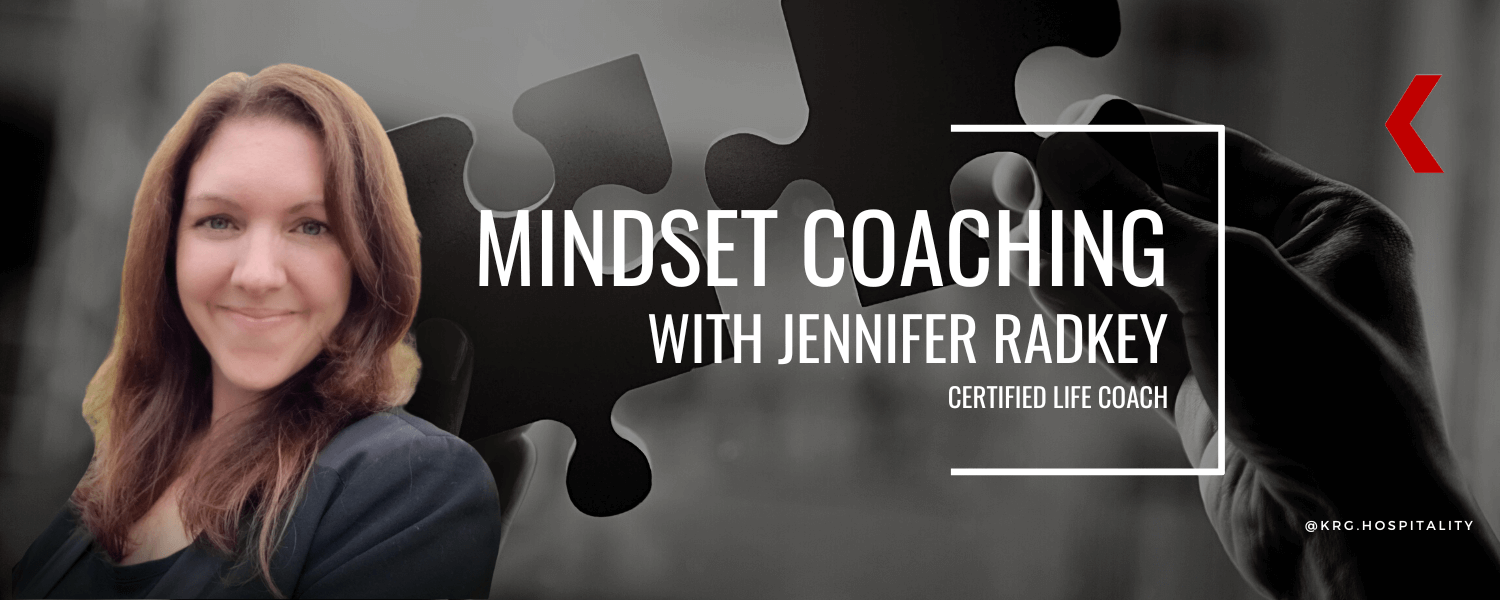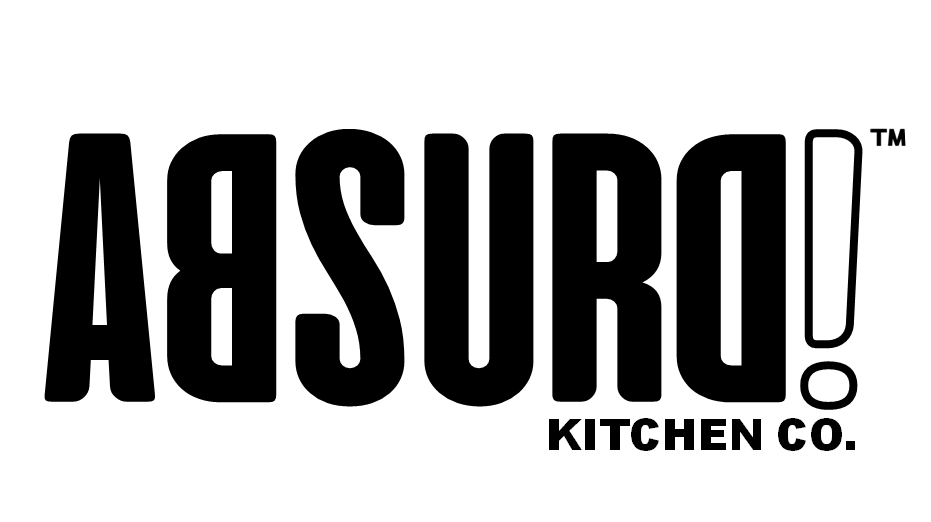Introducing the KRG Bar & Restaurant Start-up Calculator
by David Klemt
We are incredibly excited to announce the launch of a helpful new tool for new and veteran operators alike: the KRG Hospitality Bar & Restaurant Start-up Calculator.
It couldn’t be simpler to use, and it will give users an idea of how much funding their project will require.
Just enter the square footage you desire or that you know you’ll need. Then, our brand-new calculator generates more than 40 key costs for your review.
Know Your Numbers
New or veteran, single unit or multi, success in this business requires an obsessive knowledge of numbers.
Costs, in particular, are operators’ eternal opponents. People incur the greatest costs before they ever open their doors for business.
Now, that’s just common sense on one hand. Securing a location, kitting out a kitchen, building out the front of house—these are five-, six- and sometimes even seven-figure endeavors.
However, on the other hand, the massive costs that come with opening a new restaurant or bar are often the result of surprises or insufficient planning.
That’s where our calculator comes in.
Here to Help
There’s a reason that the KRG Bar & Restaurant Start-up Calculator populates more than 40 fields.
That reason is simple: preparation is key.
For instance, does your current plan budget for utility deposits, business insurances, opening F&B inventory, soft opening and launch month strategies, the complete array of construction or renovation costs?
Here’s a real-world example of our calculator at work:
Let’s say you want to open a 2,200-square-foot pub. At the minimum, you should budget at least $2,547 for business insurances and nearly $8,200 for opening F&B inventory. And you’ll likely want to set aside at least $14,806 for emergencies.
Try it out for yourself today!
Disclaimer
As with any online calculator, this free calculator is to be used as an initial reference point. Every project is unique in its own way. Property and leasing costs, equipment, and renovation costs will heavily fluctuate based on market, concept, and the status/condition of a chosen property.
Image: KRG Hospitality











